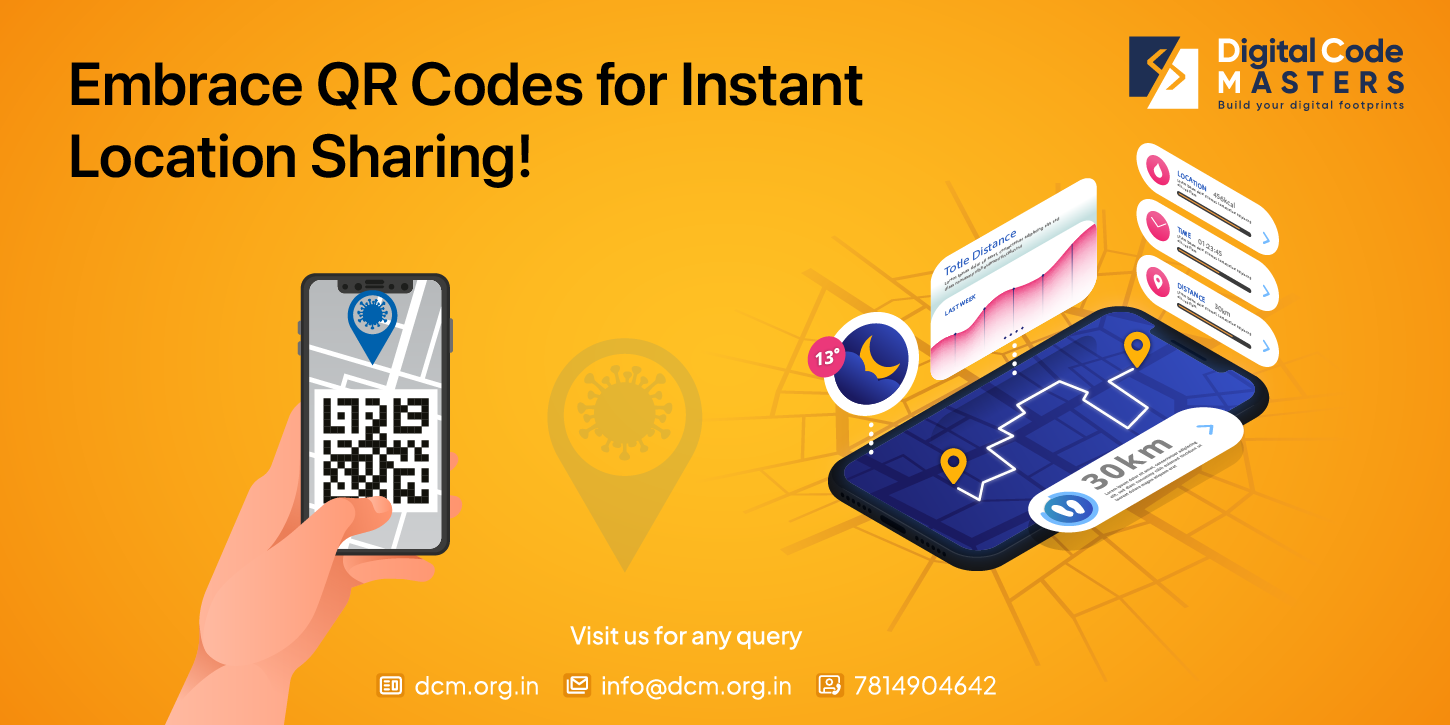
Working in the field of IT services can be both exciting and challenging. As technology continues to evolve at a rapid pace, the role of an IT services employee is crucial in ensuring the smooth operation of various systems and networks. In this article, we will take a closer look at what a typical day in the life of an IT services employee entails.
Morning Routine
The day typically starts with the IT services employee arriving at the office or logging into their remote workspace. After settling in, they begin by reviewing any overnight system alerts or incident reports. This allows them to identify any potential issues that may have occurred during non-working hours and take necessary actions to resolve them.
Next, they prioritize their tasks for the day. This may involve attending to user support requests, performing system maintenance, or working on ongoing projects. They also check their emails and messages to address any urgent matters or inquiries from colleagues or clients.
User Support and Troubleshooting
One of the primary responsibilities of an IT services employee is to provide support to end-users. This involves assisting colleagues or clients with technical issues they may encounter. These issues can range from software glitches and hardware malfunctions to network connectivity problems.
Throughout the day, the IT services employee receives support tickets or requests through a helpdesk system or in-person. They promptly respond to these requests, either by providing immediate solutions or by escalating the issue to a higher level of support if necessary. They also maintain detailed documentation of the troubleshooting process for future reference.
System Maintenance and Upgrades
To ensure the optimal performance and security of systems and networks, regular maintenance and upgrades are essential. IT services employees allocate time during their day to perform these tasks. This may involve applying software patches, updating antivirus definitions, or optimizing network configurations.
They also monitor system performance and conduct routine checks to identify any potential vulnerabilities or areas for improvement. This proactive approach helps prevent potential issues and ensures that systems are running smoothly.
Project Work and Collaboration
IT services employees often work on various projects aimed at improving or implementing new technology solutions. These projects can include software deployments, network infrastructure upgrades, or system integrations. They collaborate with cross-functional teams, such as developers, system administrators, and business analysts, to ensure successful project outcomes.
Throughout the day, they attend project meetings, provide technical expertise, and contribute to project planning and execution. They also document project progress and communicate updates to stakeholders, ensuring that projects stay on track and meet the desired objectives.
Continual Learning and Professional Development
Given the ever-evolving nature of technology, IT services employees understand the importance of staying up-to-date with the latest trends and advancements in their field. They dedicate time to self-learning, exploring new technologies, attending webinars or conferences, and obtaining relevant certifications.
Continuous learning not only enhances their skills and knowledge but also allows them to provide better support and innovative solutions to their colleagues or clients.
End of Day Wrap-up
As the day comes to a close, IT services employees perform a final review of their tasks, ensuring that all critical issues have been addressed and completed. They update any pending support tickets or project tasks, ensuring that the necessary documentation is in place for the next day.
Before leaving the office or signing off, they may also participate in team meetings or discussions to share updates, collaborate on ongoing projects, or address any outstanding concerns.
Conclusion
Working in IT services requires a combination of technical expertise, problem-solving skills, and effective communication. The typical day of an IT services employee is dynamic and varied, involving user support, system maintenance, project work, and continual learning. By embracing these responsibilities, IT services employees play a vital role in keeping businesses and organizations running smoothly in our technology-driven world.




